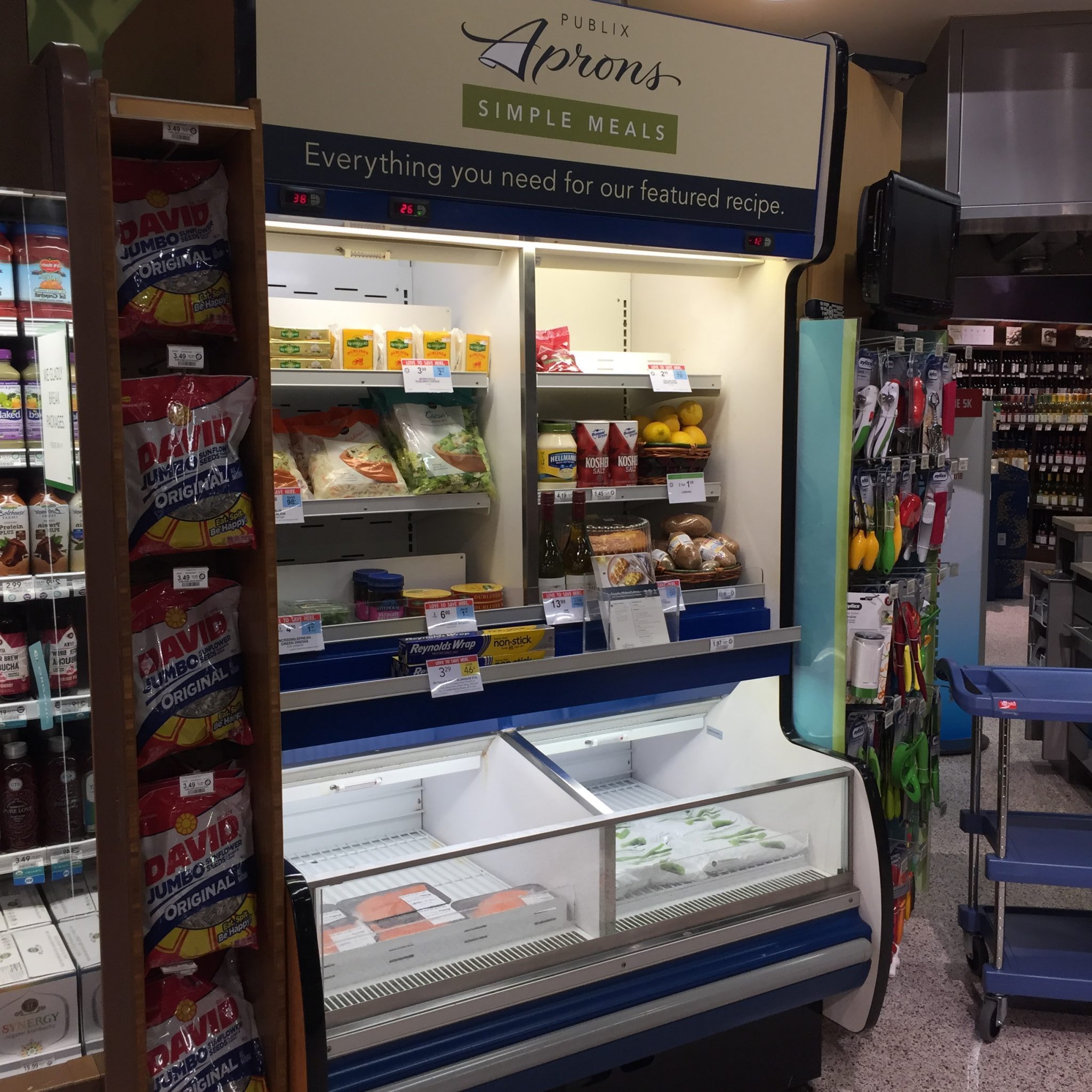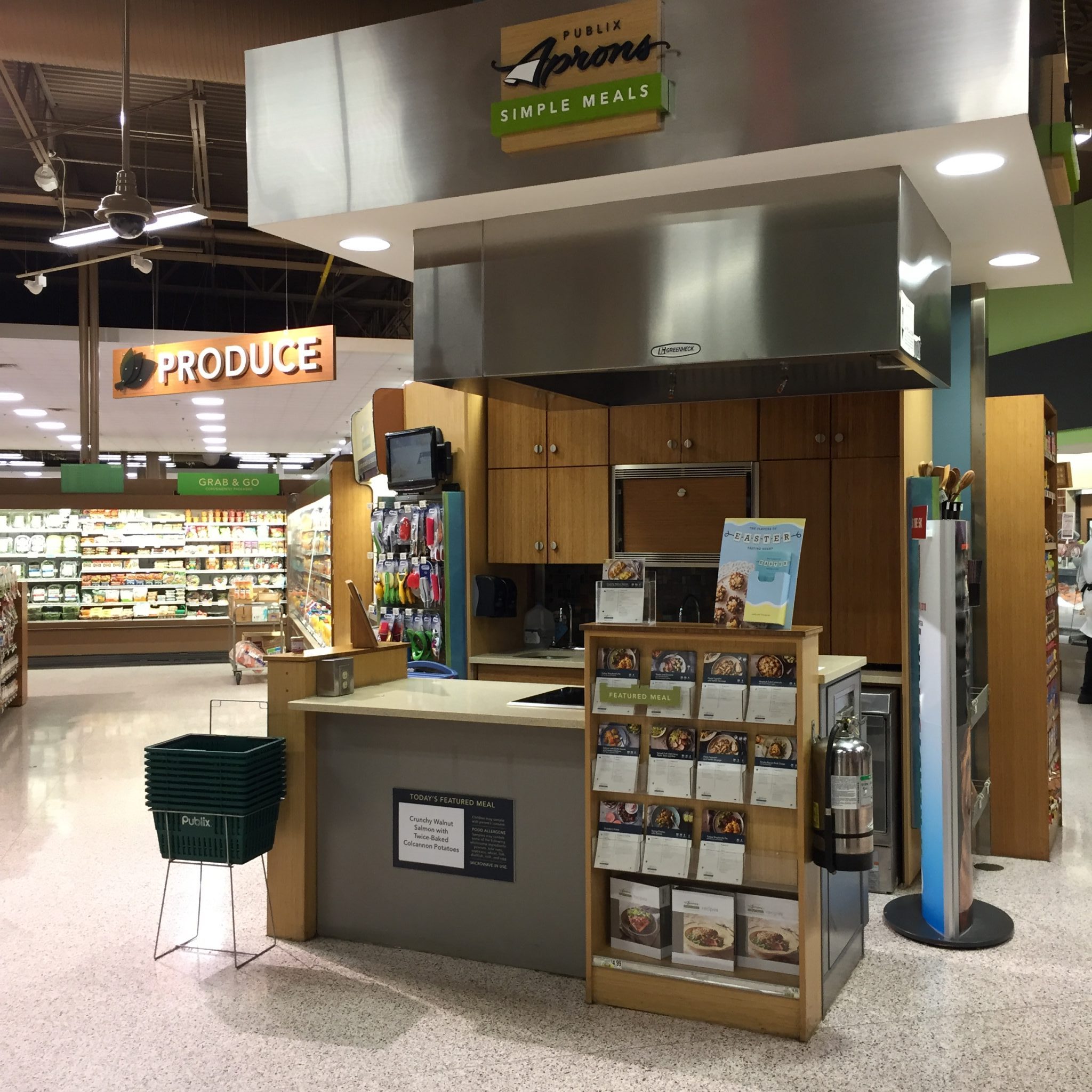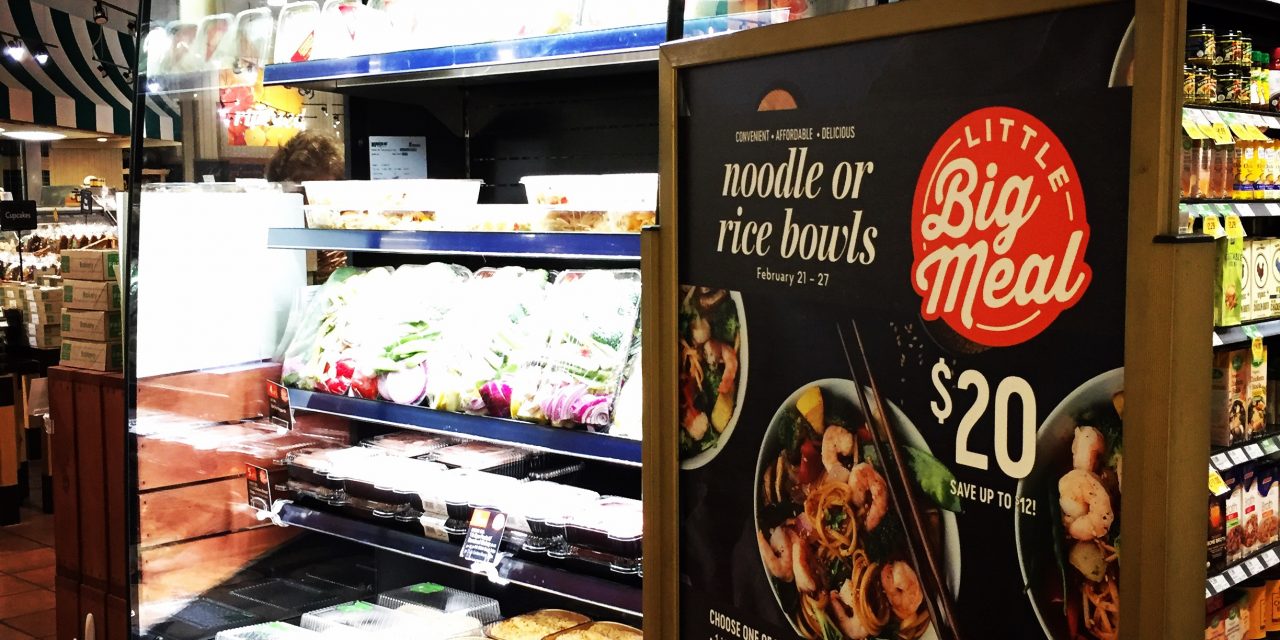Meal Kits Mania?!?
If you’ve been to a grocery store in the past few months, or paid attention to media recently, you’ve probably come across Meal Kits. Meal Kits are becoming ubiquitous. First with e-commerce and now at many physical grocery chains. Understanding this hyper-growth trend better is important whether you are a manufacturer or retailer.
Retail media included the following headlines in the past few weeks tracking the Meal Kits trend:
- Retailers need to be ‘prepared’ when courting Millennials
- Walmart Threatens Restaurant Chains With Prepared Meals
- Kroger Prep + Pared Meal Kits ready to explode in 2018
- To order a meal kit, or to not order a meal kit: That is the question
- Pros and cons of the booming home meal kit business
- Peapod adds Campbell Soup, Kraft Heinz, and Barilla to its meal kits
- Trump wants to cut food stamps, use controversial meal kits instead
Meal Kits as Table Stakes?
Let’s first discuss why Meal Kits have become table stakes (pardon the pun). Retailers have historically seen success with fresh, prepared items, especially as people spend more time shopping the perimeter of the store. In-store meal kit are an evolution on that trend and build on e-commerce growth. Meal kits play off a desire for fast, fresh and convenient. These are things all ages want.
The less time on food prep, the better.
While only a small percentage of American households have tried meal kit offerings, the market’s potential is huge. In 2017, in-store meal kits generated an estimated $154.6 million in sales. That’s growth of more than 26% year-over-year. In addition, total sales, according to Pentallect, are $2.2 billion. Growth over the next five years is also estimated between 25 and 30%.


What Kinds of Meal Plans are There?
Meal delivery plans are split into two camps: Pre-prepared Meals and Pre-prepped Meals.
Pre-prepared Meals: These are meals delivered pre-cooked and ready-to-heat. These are more traditional main courses and side dishes combined and ready to reheat and eat.
Pre-prepped Meals: This option takes care of most of the meal prep for you. Meals are delivered with all ingredients pre-prepped. The kits include recipes and groceries, simply leaving the actual cooking to you.
Three Things to Consider Before Starting Meal Kit offerings
Deciding if Meal Kits are right for your business? Here are a few key factors to consider:
- Who will create the recipes (and/or cook the meals)? This can vary widely. From in-house chefs or nutritionists to doctors and even celebrities. Another option is to partner with an existing meal kit provider and offer them in store.
- Will you offer meal kits for those on specific diets? Low sodium, gluten-free, vegetarian, weight-loss and low-carb are popular choices. The more options offered, the more complex behind-the-scenes work required.
- What is the ‘sweet spot’ for meal kit pricing for your core shopper? Existing meal kits vary widely. Meals start at $6 per serving and go up from there. Meal plans are popular as well, starting at $120 per month. Establishing your pricing strategy and structure is important upfront so shoppers know what to expect.
Keeping these factors in mind will ensure your meal kit strategy will be well received.





